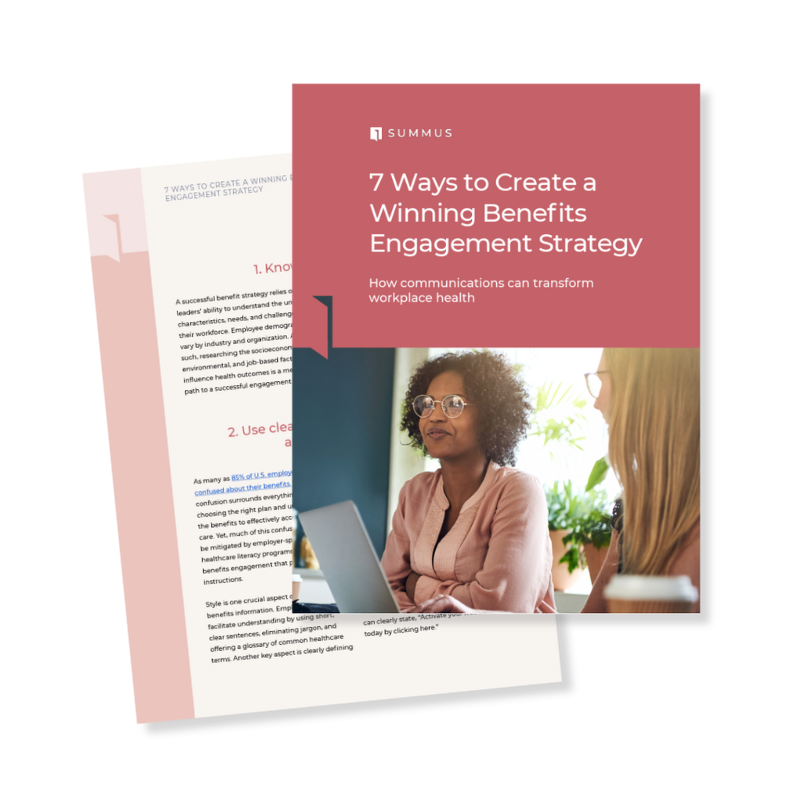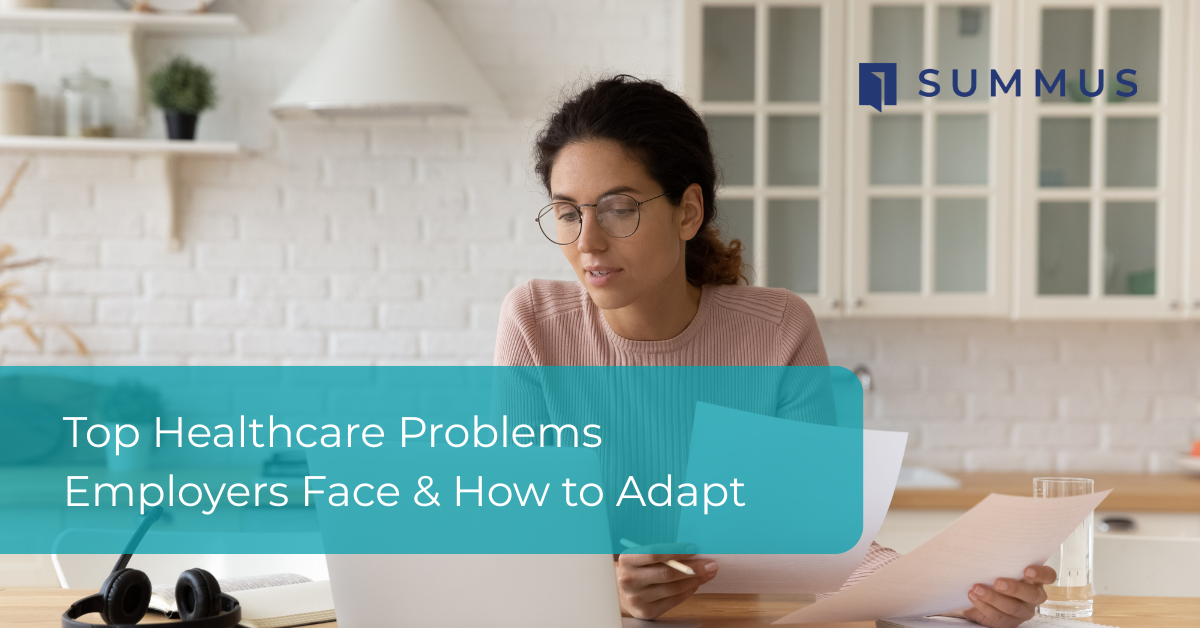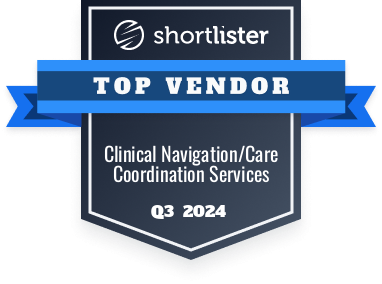Employee benefits are one of the biggest investments organizations make, yet many companies struggle to ensure their workforce understands and utilizes them effectively. A strong benefits engagement strategy isn’t just about informing employees—it’s about empowering them to make the best healthcare decisions, improving utilization, and ultimately reducing costs.
Despite the clear advantages of benefits engagement, many HR leaders face obstacles such as employee confusion, ineffective communication, and lack of awareness. In fact, while healthcare is a key factor in attracting and retaining employees, only 56% of employees trust their employer to deliver high-quality healthcare. To change this dynamic, organizations must adopt strategic communication approaches that enhance benefits engagement.
1. Know your audience
A one-size-fits-all approach doesn’t work when it comes to benefits. Different employees have different needs, communication preferences, and healthcare concerns. For example, frontline workers may prefer text message updates, while office employees may engage more with email communications. By understanding the unique demographics and challenges of your workforce, you can tailor your messaging and delivery channels to maximize impact.
For communication to be effective, the group of people on the receiving end need to understand your message.
—Sue Swan, SVP of People
2. Use clear and concise messaging
As many as 85% of U.S. employees are confused about their benefits. Jargon-heavy language and unclear instructions make it harder for employees to make informed decisions. Keep messages short, eliminate industry jargon, and use clear calls to action. Instead of vague instructions like, “Check your benefits portal,” instead provide specific directives such as, “Activate your free nutrition assessment today.”
3. Choose the right communication channels
Reaching employees where they are is critical. SMS messages boast a 90%+ read rate within three minutes, making them effective for urgent updates. However, overuse can lead to message fatigue. Email is great for general benefits information, while in-person or virtual meetings offer opportunities for deeper engagement. Identify the most effective mix of communication channels to ensure key messages are received and acted upon.
When considering how to roll out new benefits to AT&T’s 270,000 active employees, we had to take a multi-channel approach in order to prioritize what we wanted groups of employees to be aware of and how to take action.
—Heather Bartel, VP Marketing
4. Time communications strategically
The best messages will go unnoticed if they’re delivered at the wrong time. Benefits education should be an ongoing process—not just a flurry of emails during open enrollment. Plan a year-round engagement strategy that includes timely reminders, educational content, and proactive support to help employees understand and utilize their benefits when they need them most.
5. Lean into storytelling
People connect with real-life stories far more than they do with generic information. Instead of listing benefits, showcase employee success stories—how someone used their benefits to get life-changing medical care or how a particular program helped them save on healthcare costs. Stories create emotional connections and increase trust in your benefits offerings.
6. Empower employee advocates
Employees trust their peers. By identifying and uplifting employees who have successfully navigated the benefits system, HR leaders can create internal advocates who can help educate and inspire others. Featuring employees in testimonials, video interviews, or Q&A sessions can make benefits engagement feel more authentic and relatable.
7. Partner with providers for education
Many healthcare vendors offer educational materials and personalized support to help employees understand their benefits. Hosting provider-led Q&A sessions, benefits fairs, or one-on-one consultations can significantly improve engagement. Direct access to providers builds trust and reduces confusion, leading to better utilization and overall employee satisfaction.
We’ve had incredible success with engagement and utilization with our clients because we provide a robust multi-channel communication strategy at implementation and beyond. We work in true partnership to ensure our clients’ employees understand how Summus can transform their healthcare experience.
—Jess Spiegel, SVP Customer Experience
Transform Benefits Engagement, Strengthen Your Workforce
An engaged workforce is a healthier, more productive workforce. Thoughtful benefits engagement strategies ensure employees understand and trust their healthcare options, leading to better health outcomes and lower costs.

At Summus, we help organizations enhance benefits engagement through expert-led clinical navigation and specialty care. Want to learn more?
Download our free eBook for an in-depth look at strategies to optimize your benefits communication.



